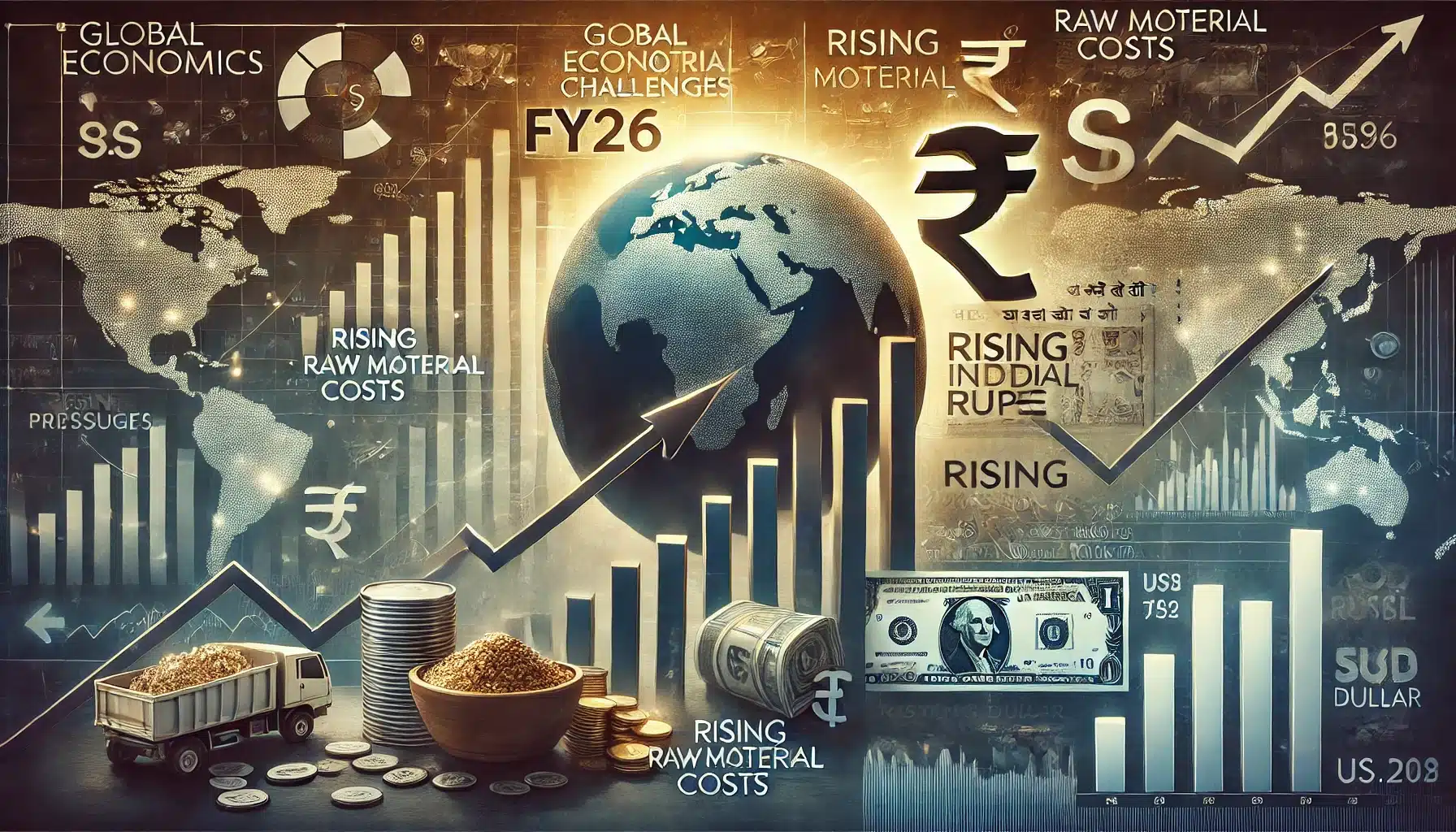/tpg%2F62962740-f1dc-40f2-b730-7ec06ff881b5.jpeg)




As of February 1, 2025, global inflationary pressures have intensified, prompting nations to implement strategic responses to mitigate their impact. In the United States, the annual inflation rate reached 2.9% in December 2024, marking the highest level since July of the same year. The Consumer Price Index (CPI) rose by 0.4% from November to December, with core inflation recorded at 3.2% [3ac4da7a]. This follows a period where inflation peaked over 9% in 2022, reflecting ongoing economic challenges [3ac4da7a]. Goldman Sachs projects that core CPI inflation will stabilize at 2.7% by the end of 2025, indicating a potential easing of inflationary pressures in the future [3ac4da7a].
In India, inflation is projected to decline to 4.5% for the fiscal year 2025-26, according to a report by DAM Capital. The upcoming Union Budget presentation in early February 2025 raises hopes for inflation relief, with citizens expressing a pressing need for tax reforms to address rising costs [7a0307c5][3ac4da7a]. The Reserve Bank of India (RBI) has maintained the repo rate at 6.5% across eleven reviews, reflecting ongoing concerns about inflation and economic stability [4576a457]. Rising raw material costs in agriculture, food, and metals are expected to be key drivers of inflation, complicating the economic outlook further [7a0307c5].
Bangladesh has also responded to inflationary pressures by increasing its policy rate to 10%, marking the 11th hike since mid-2022 [3ac4da7a]. This move is part of a broader strategy to combat rising prices and stabilize the economy. Meanwhile, Nigeria's President Bola Tinubu has proposed tax reforms aimed at curbing inflation, although there are concerns that increases in Value Added Tax (VAT) may negatively impact households [3ac4da7a].
In the U.S., the job market remains robust, with first-time jobless claims rising to 242,000 and the unemployment rate at 4.2% as of November [acc1a104]. Fed officials are currently debating the implications of recent monetary policy adjustments, with expectations of a 25 basis point rate cut in December 2024 [acc1a104]. The ongoing labor strikes in various sectors, including Boeing machinists demanding a 40% wage increase, raise concerns about potential wage inflation, which could further exacerbate inflationary pressures [de4198a6].
The interconnected nature of inflation challenges highlights the complexity of the global economic landscape as countries navigate their respective issues. As households in both the U.S. and India continue to feel the impact of rising prices, the need for effective economic policies and structural reforms becomes increasingly critical to ensure stability and growth in the coming years [4576a457].